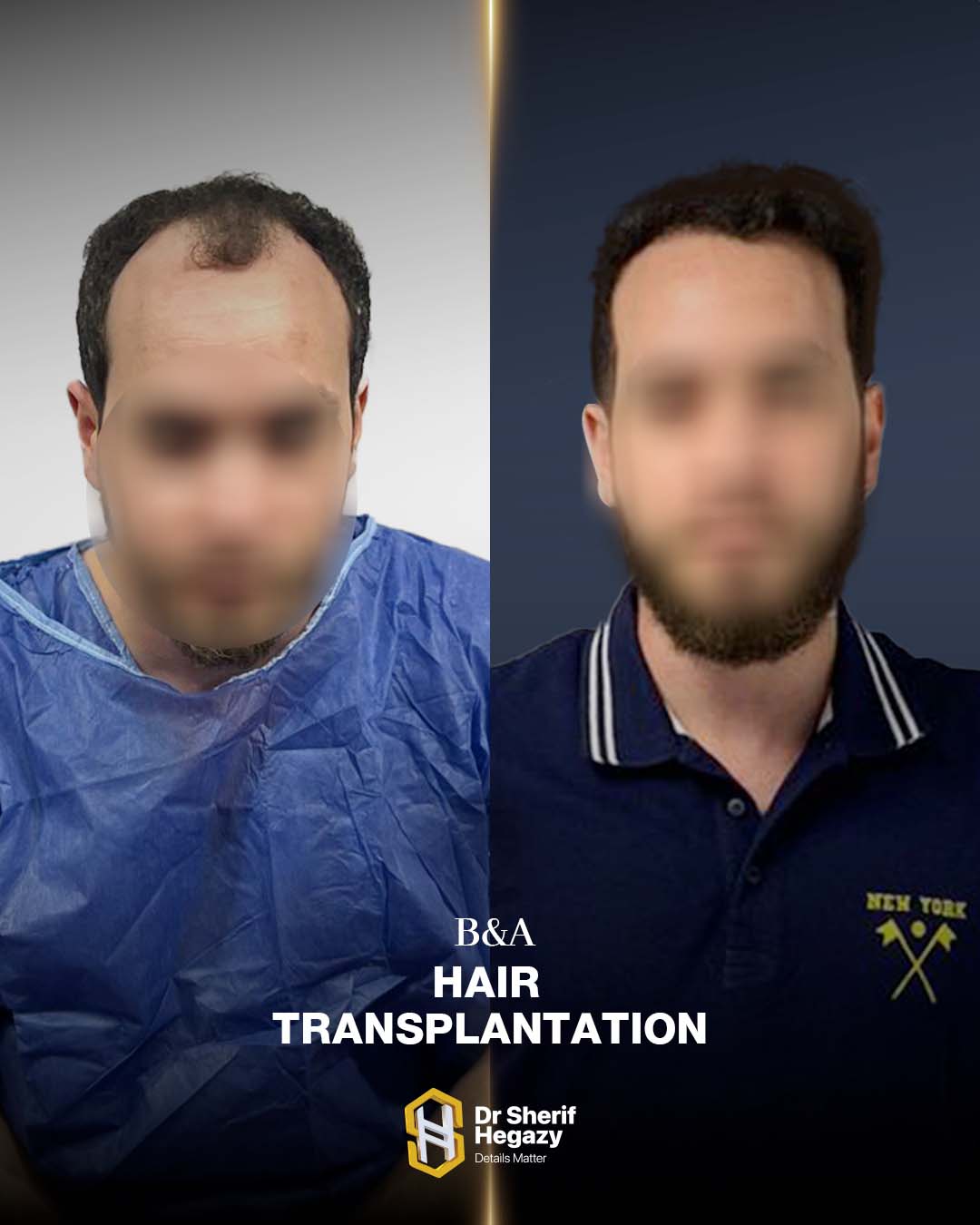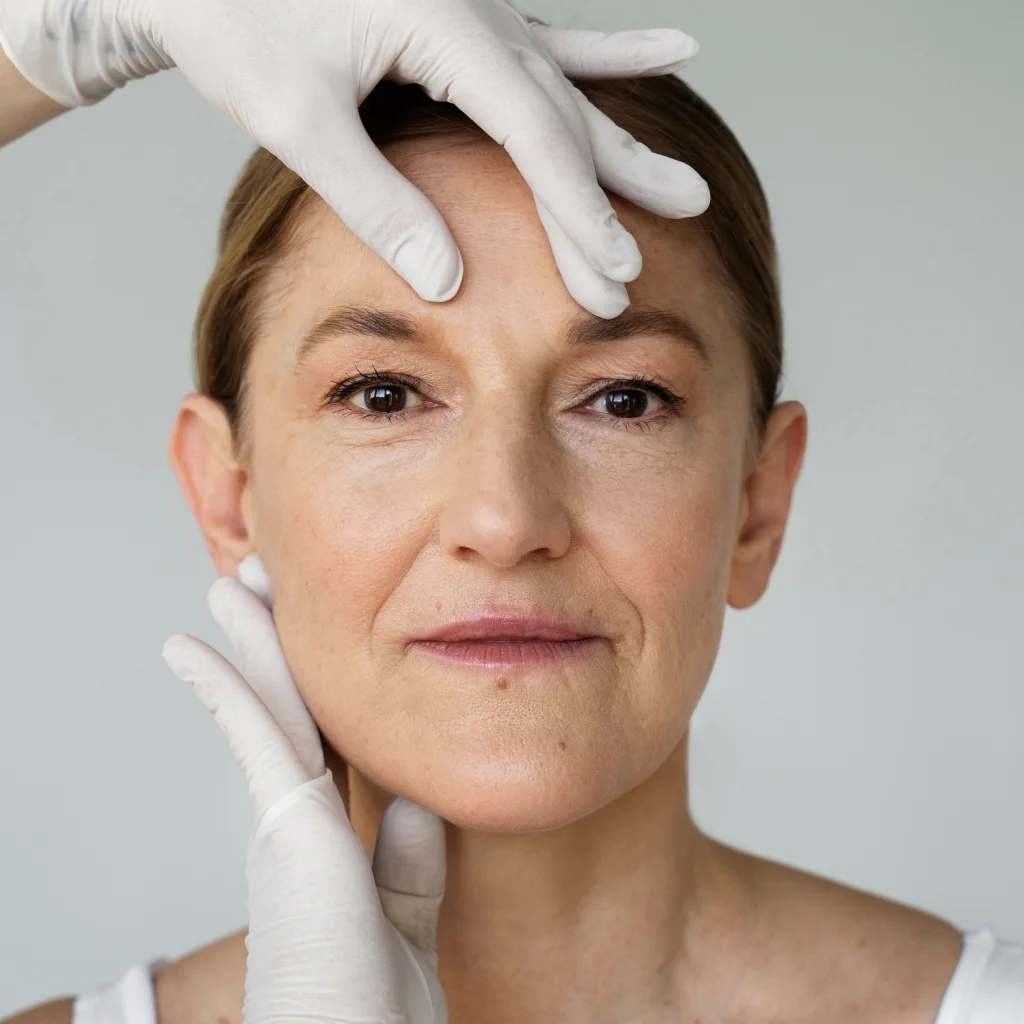Thanks to modern techniques such as FUE (Follicular Unit Extraction) and DHI (Direct Hair Implantation), hair transplants have a high success rate—often exceeding 90%. However, some cases may still fail to deliver the desired results, raising concerns among patients. This article explores the signs of a failed hair transplant, the potential causes, and how to prevent or correct it.
What Constitutes a Failed Hair Transplant?
A hair transplant is considered unsuccessful when the implanted follicles fail to grow properly, grow with insufficient density, or shed shortly after implantation. Additionally, the procedure is deemed a failure if it results in an unnatural appearance, visible scarring, or complications such as infection. Success is typically evaluated 6–12 months post-surgery, when final results become visible.
Signs of a Successful Hair Transplant
Hair transplant success does not appear overnight; it progresses through several stages before the final results are visible. The main indicators of a successful procedure include:
- Gradual disappearance of swelling and redness after surgery, indicating normal scalp recovery.
- Stability of the transplanted follicles in their new locations within the first two weeks, with no excessive shedding.
- Temporary shedding of transplanted hair, which is a normal phase signaling the start of a new growth cycle.
- New hair growth typically begins 3–4 months after the procedure.
- Gradual increase in density between 6–12 months, improving the overall appearance.
- A natural look with hair growing in harmony with the existing hair.
- Quick healing without infections or visible scarring on the scalp.
Signs of a failed Hair Transplant
The primary indicators of hair transplant failure include:
- Lack of hair growth: If the transplanted follicles do not produce hair within 4–6 months, it may signal failure. Studies show that over 90% of grafts survive in specialized clinics, but in failed cases, fewer than 30% of follicles may grow.
- Uneven or sparse growth: Hair may grow inconsistently or thinly, leaving visible gaps. This often results from poor follicle distribution or damage during transplantation.
- Visible scarring: Large or noticeable scars in the donor or recipient areas may indicate poor surgical technique, particularly with strip (FUT) or improperly executed FUE methods.
- Infections or complications: Persistent swelling, redness, discharge, or severe pain may point to infection or poor healing. Untreated infections can lead to serious complications such as sepsis.
- Unnatural appearance: A straight hairline or clustered “doll-like” hair shafts suggest poor planning or improper follicle placement.
- Scalp necrosis: A rare but severe condition in which blood supply to scalp tissue is cut off, leading to skin death and permanent scarring.
Causes of Hair Transplant Failure
Several factors can contribute to hair transplant failure, including:
- Inexperienced surgeon: Unqualified practitioners may damage follicles during extraction or implantation, or insert them at incorrect angles, leading to poor growth or an unnatural look.
- Improper techniques: Outdated methods or excessive use of adrenaline to reduce bleeding can cause scarring or scalp necrosis.
- Overharvesting: Removing too many follicles from the donor area can weaken it or cause scarring, reducing the quality of the results.
- Poor post-operative care: Incorrect scalp washing after transplant, sun exposure, or use of harsh chemicals can lead to infection or follicle loss.
- Patient health issues: Chronic conditions such as uncontrolled diabetes or nutritional deficiencies (iron, zinc) may impair hair growth.
- Unrealistic expectations: Patients expecting excessively high density beyond what the donor area can provide may perceive the result as a failure, even when the procedure is technically successful.
How to Prevent Hair Transplant Failure?
To minimize the risk of hair transplant failure, follow these recommendations:
- Choose a qualified surgeon: Ensure your doctor has verifiable experience and a successful track record. Review patient testimonials and before-and-after photos.
- Select a reputable clinic: Verify that the clinic is licensed, uses modern equipment, and follows global sterilization standards.
- Set realistic expectations: Discuss expected outcomes with your surgeon based on your scalp condition and donor hair density.
- Pre-operative care: Avoid smoking, alcohol, and blood-thinning medications such as aspirin for two weeks prior to surgery to promote better healing.
Post-operative care:
- Wash the scalp gently after 48 hours using a prescribed medical shampoo.
- Avoid direct sunlight and strenuous activities for at least two weeks.
- Sleep on a soft pillow to minimize friction.
- Refrain from haircuts or dyes for at least one month.
- Maintain a healthy lifestyle: Eat a protein-rich diet with sufficient iron and zinc, and manage stress to support hair growth.
- Consider complementary treatments: Platelet-Rich Plasma (PRP) therapy, Minoxidil, or Finasteride may enhance density and long-term results.
How to Correct a Failed Hair Transplant?
If you are dissatisfied with your hair transplant results, several corrective options are available:
- Revision surgery: A secondary transplant can fill in gaps or improve the hairline. Choose a surgeon experienced in corrective procedures.
- Scar treatment: Laser therapy or additional follicle grafting can help conceal scars.
- Medical treatments: Medications such as Minoxidil or PRP injections can stimulate growth in weak areas.
- Specialist consultation: If any signs of failure appear, consult a qualified hair restoration specialist promptly for assessment and treatment planning.














